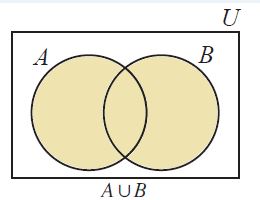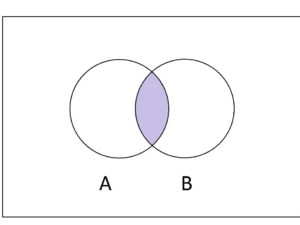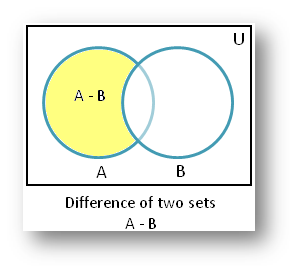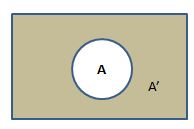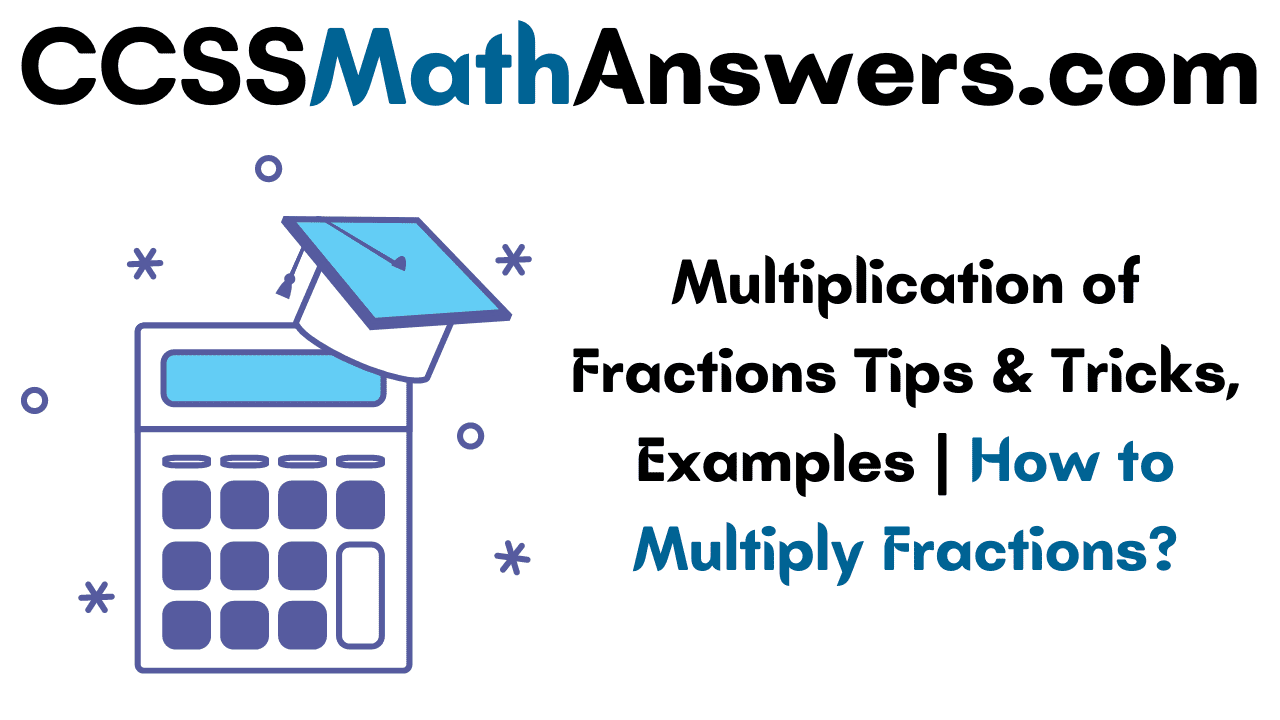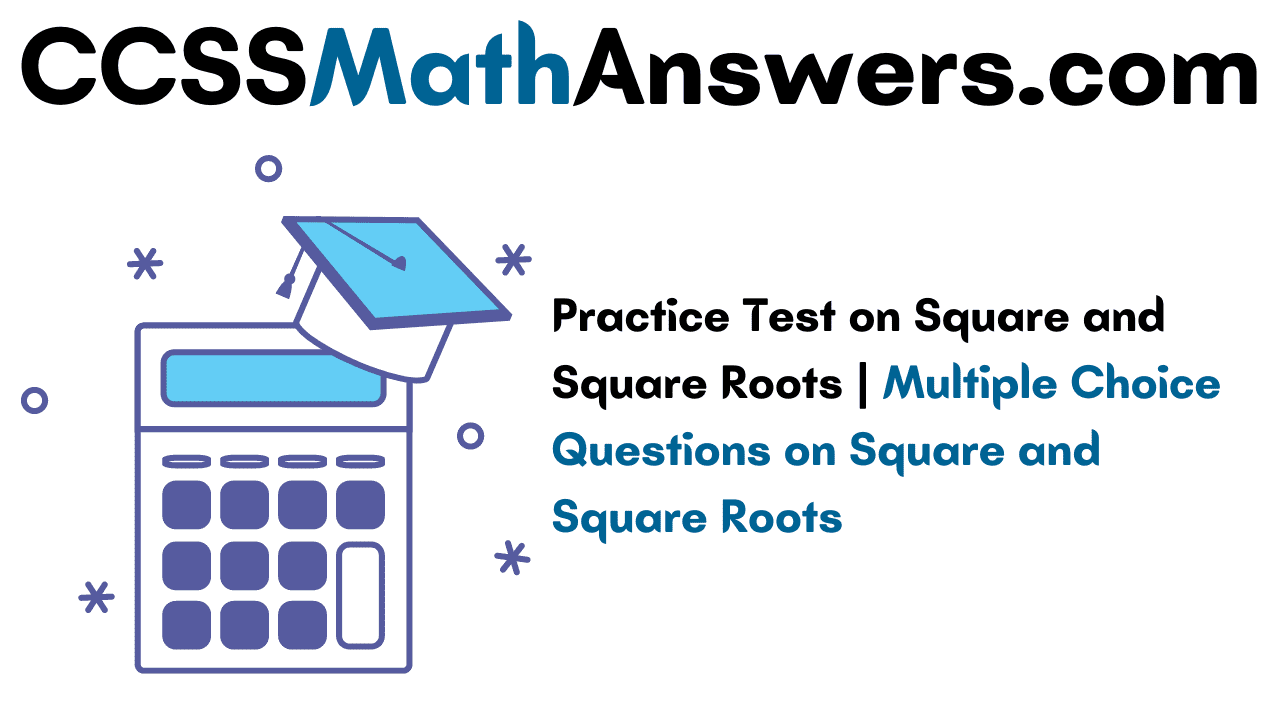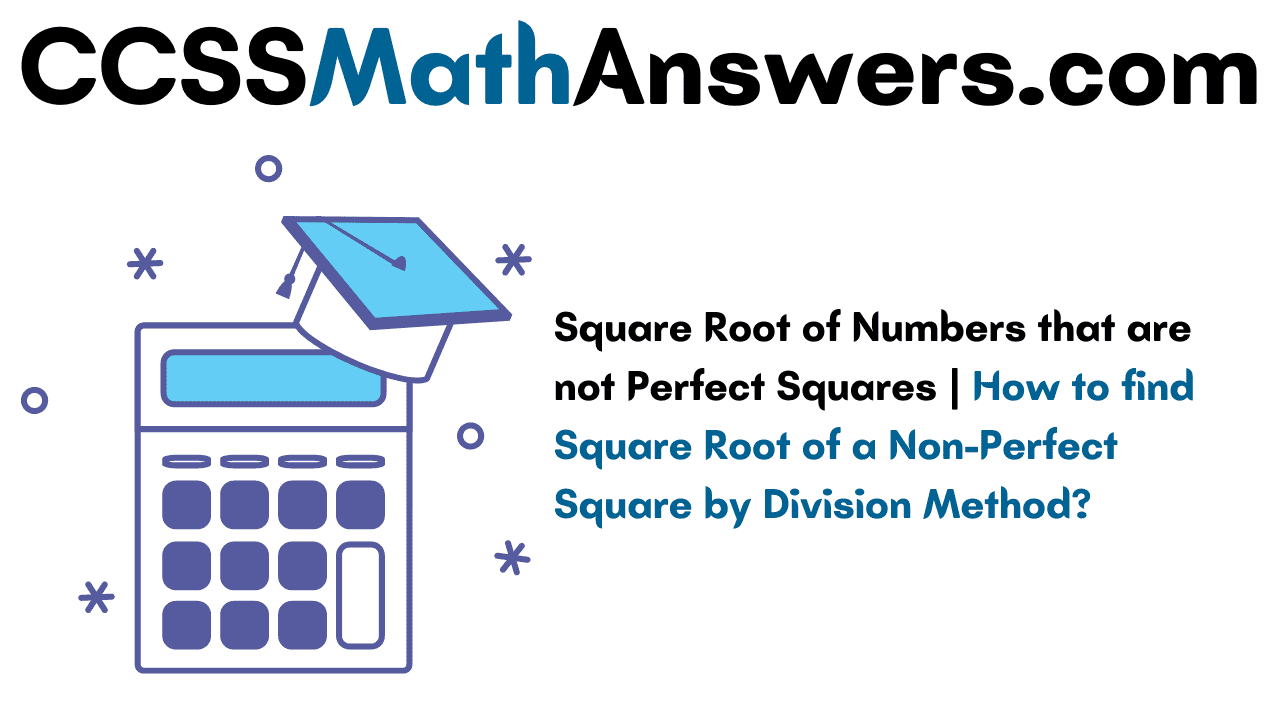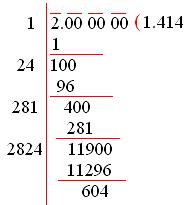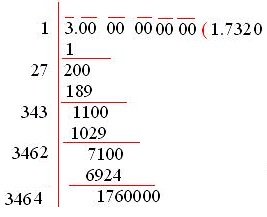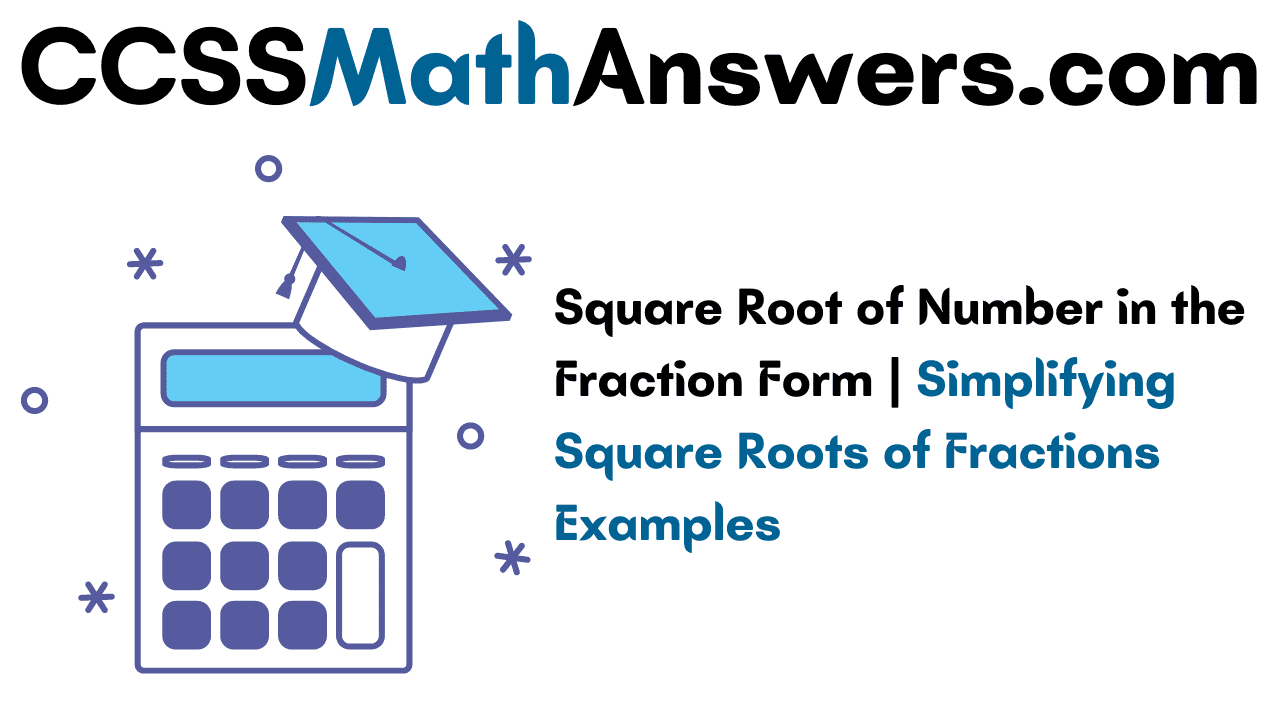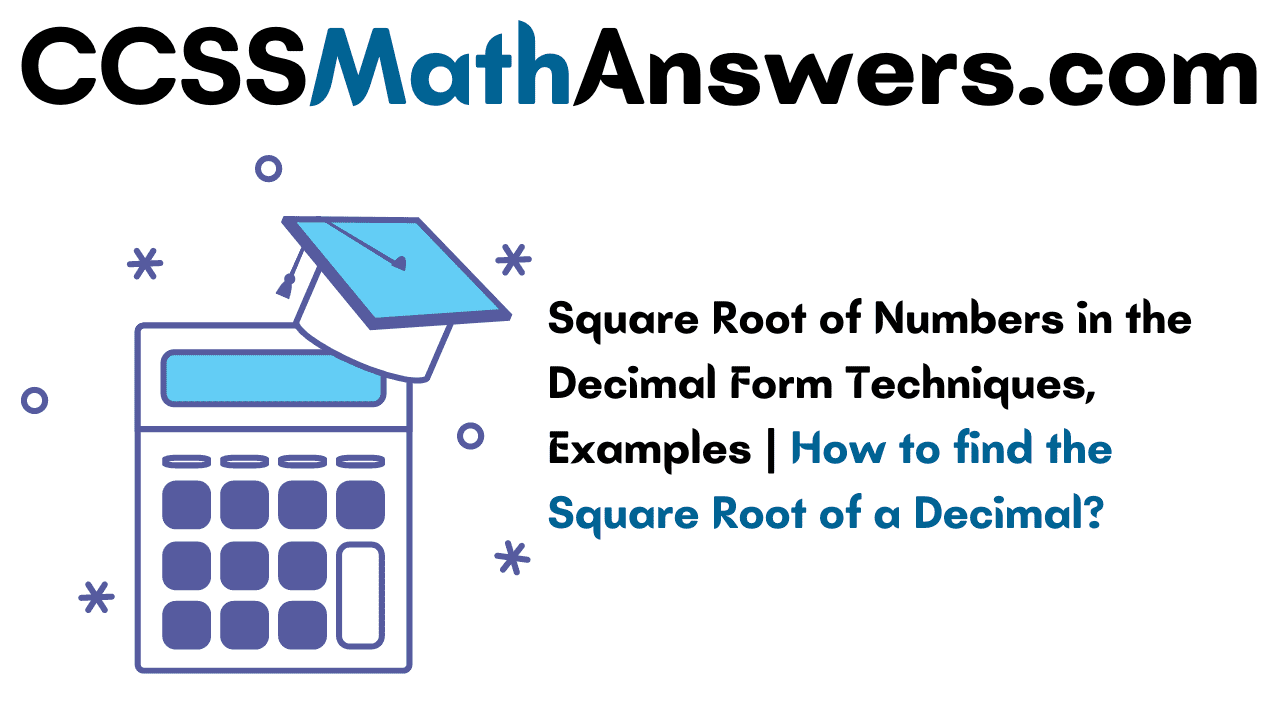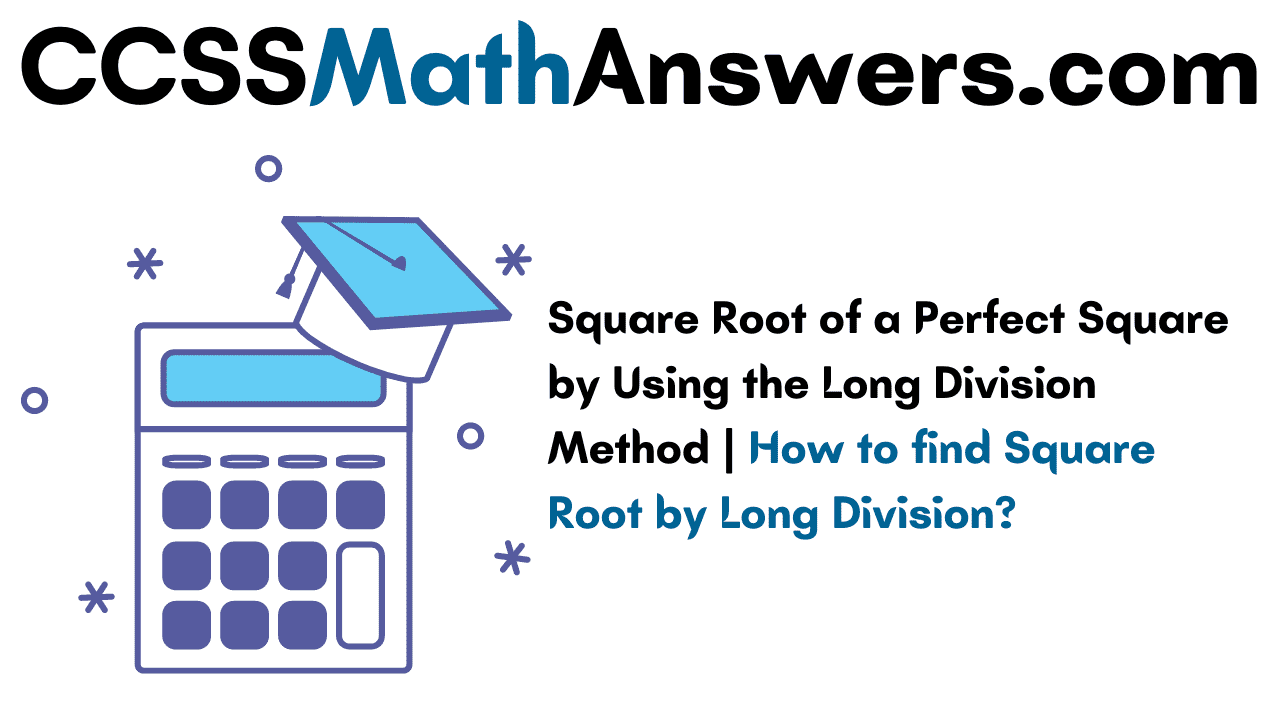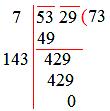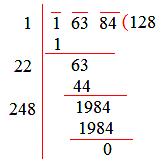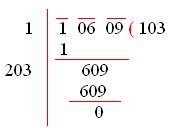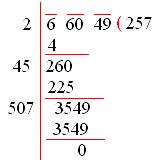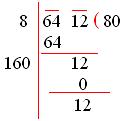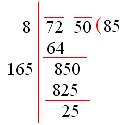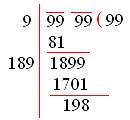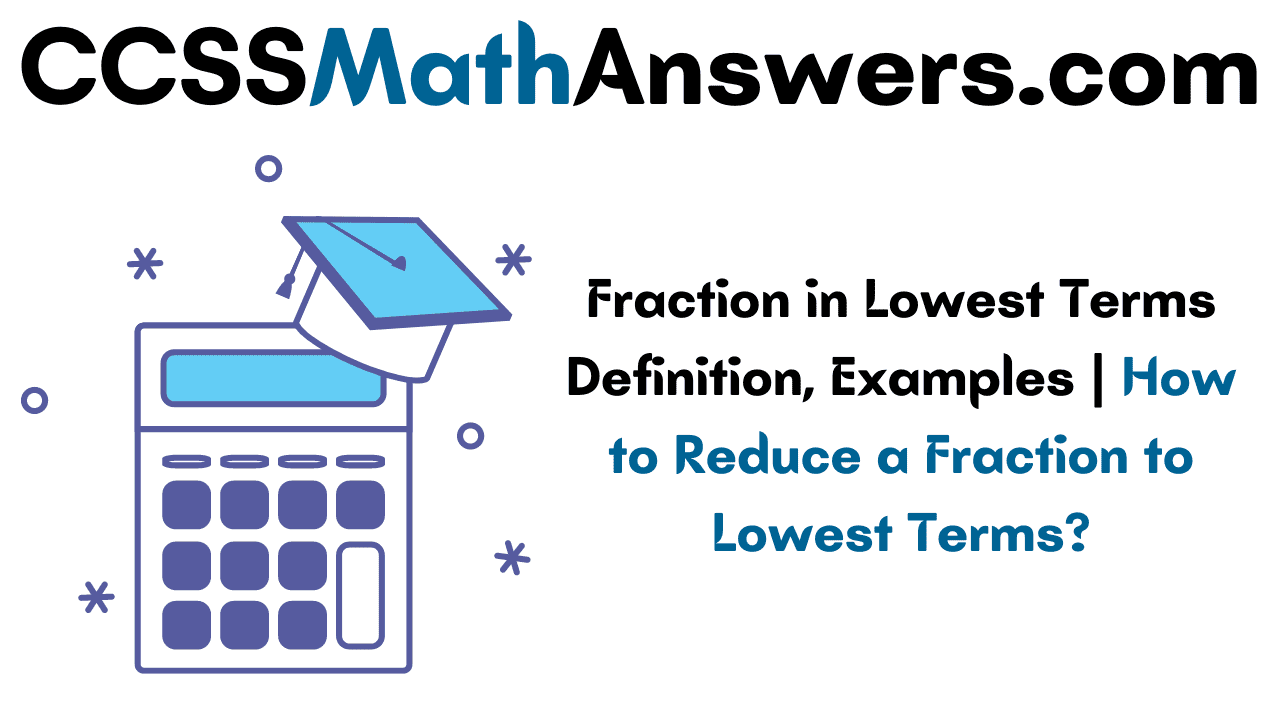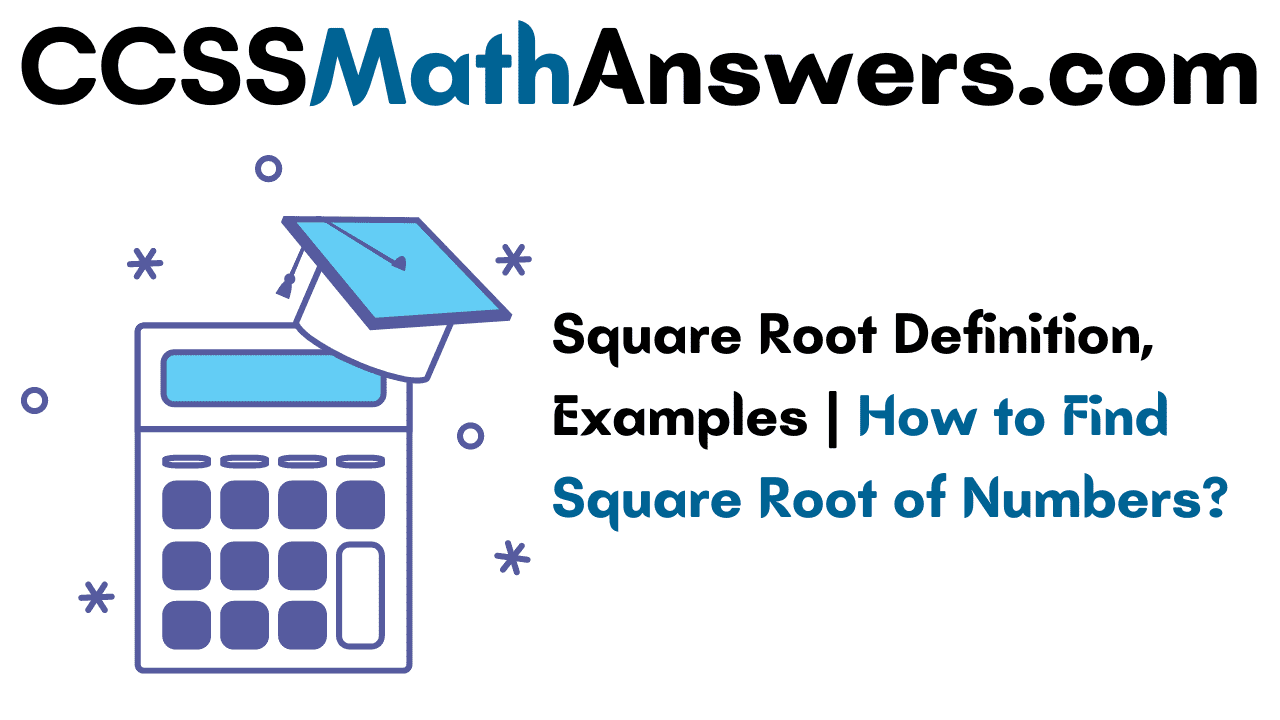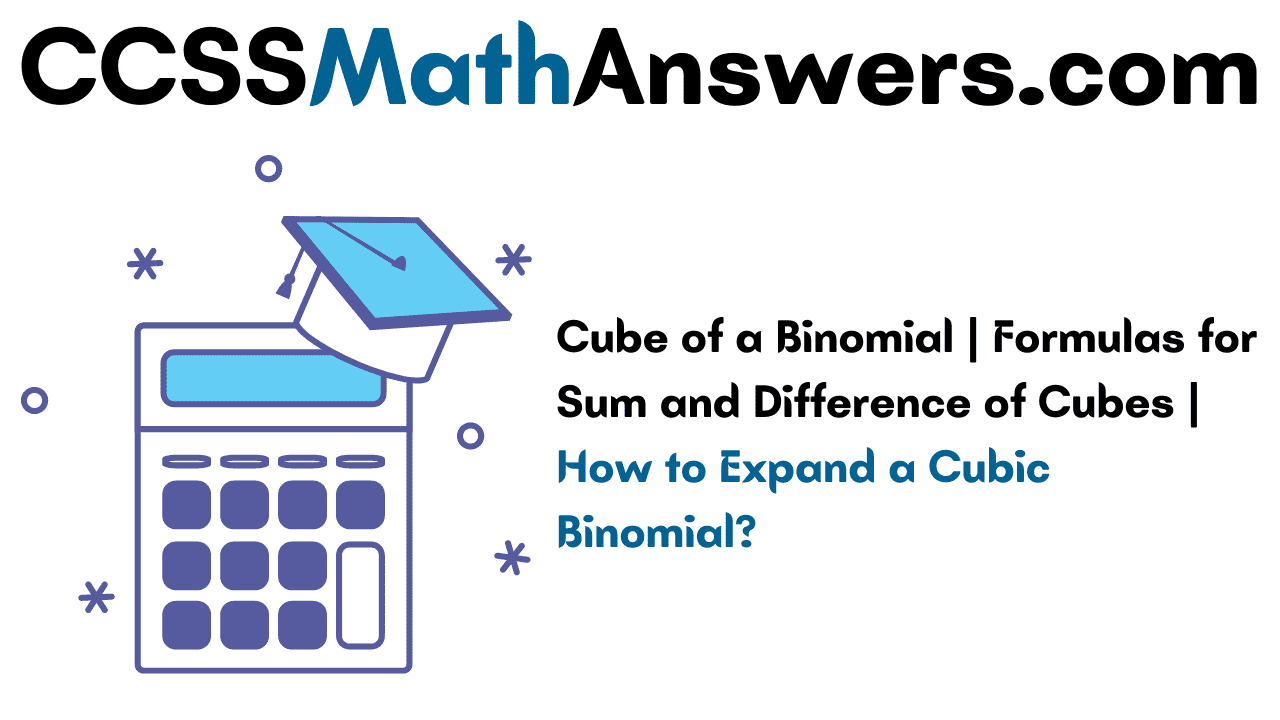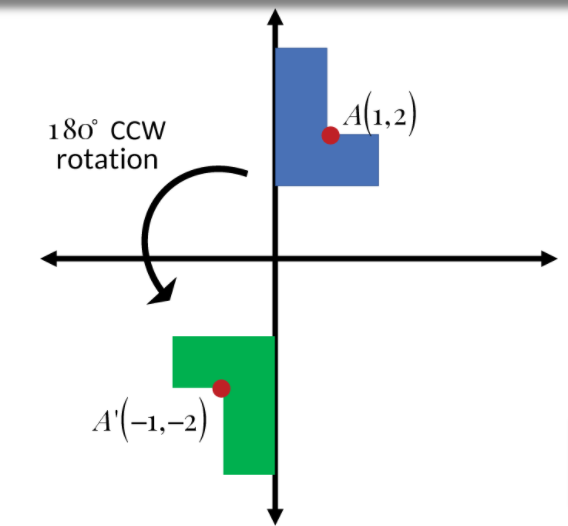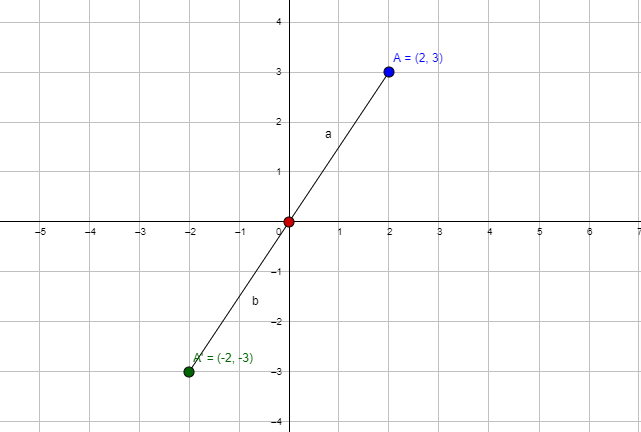A number composed of the sum of the place-values of its digits is called an expanded form of a number. Learn how a number can be expanded using the place values of its digits. We have given the process to expand a number and with different examples. All the examples are given along with the explanation. Practice all the problems available here and get a grip on the expanded form a number concept.
How to Expand a Number?
Check out the below steps to learn how to expand the number. Following these simple steps, you can expand a number easily. They are as follows
1. Firstly, take the unit place of a number and multiply it with 1.
2. Take the next number left to it and multiply it by 10.
3. Repeat the same process by increasing the 0 in the multiplicand.
Example: Write the expanded form for the number 2385?
Solution:
The given number is 2385.
Firstly, multiply the number 5 with 1. 5 × 1 = 5.
Multiply 8 with 10. 8 × 10 = 80.
Next, Multiply 3 with 100. 3 × 100 = 300.
Multiply 2 with 1,000. 2 × 1,000 = 2,000.
Add all the numbers to get the number.
2,000 + 300 + 80 + 5 = 2385.
Here, 2385 is the standard form and 2,000 + 300 + 80 + 5 is the expanded form.
Expanded Form of Numbers Examples
1. Write the expanded form for the number 70,34,51,395?
Solution:
The given number is 70,34,51,395.
Firstly, multiply the number 5 with 1. 5 × 1 = 5.
Multiply 9 with 10. 9 × 10 = 90.
Next, Multiply 3 with 100. 3 × 100 = 300.
Multiply 1 with 1000. 1 × 1000 = 1000.
Multiply 5 with 10000. 5 × 10000 = 50000.
Also, Multiply 4 with 100000. 4 × 100000 = 400000.
Multiply 3 with 1000000. 3 × 1000000 = 3000000.
Multiply 0 with 10000000. 0 × 10000000 = 0.
Next, Multiply 7 with 100000000. 7 × 100000000 = 700000000.
Add all the numbers to get the number.
700000000 + 0 + 3000000 + 400000 + 50000 + 1000 + 300 + 90 + 5 = 70,34,51,395.
Here, 70,34,51,395 is the standard form and 700000000 + 0 + 3000000 + 400000 + 50000 + 1000 + 300 + 90 + 5 is the expanded form.
2. Write the number in figures and then in words for the following expanded form
(i) 70000 + 6000 + 400 + 40 + 6
Solution:
Given expanded form is 70000 + 6000 + 400 + 40 + 6
Add the values to get a expanded form.
76446 (in figures)
Seventy-six thousand four hundred forty-six (in words)
(ii) 200000 + 40000 + 3000 + 20 + 7
Solution:
Given expanded form is 200000 + 40000 + 3000 + 20 + 7
Add the values to get an expanded form.
24327 (in figures)
Twenty-four thousand three hundred twenty-seven (in words)
3. Write in expanded form
(i) 39369
Solution:
The given number is 39369.
Firstly, multiply the number 9 with 1. 9 × 1 = 9.
Multiply 6 with 10. 6 × 10 = 60.
Next, Multiply 3 with 100. 3 × 100 = 300.
Multiply 9 with 1000. 9 × 1000 = 9000.
Multiply 3 with 10000. 3 × 10000 = 30000.
Add all the numbers to get the number.
30000 + 9000 + 300 + 60 + 9 = 39369.
Here, 39369 is the standard form and 30000 + 9000 + 300 + 60 + 9 is the expanded form.
(ii) 528,358
Solution:
The given number is 528,358.
Firstly, multiply the number 8 with 1. 8 × 1 = 8.
Multiply 5 with 10. 5 × 10 = 50.
Next, Multiply 3 with 100. 3 × 100 = 300.
Multiply 8 with 1000. 8 × 1000 = 8000.
Multiply 2 with 10000. 2 × 10000 = 20000.
Also, Multiply 5 with 100000. 5 × 100000 = 500000.
Add all the numbers to get the number.
500000 + 20000 + 8000 + 300 + 50 + 5 = 528,358.
Here, 528,358 is the standard form and 500000 + 20000 + 8000 + 300 + 50 + 5 is the expanded form.
Examples on Writing a Number in Expanded Form
I. Write the expanded form for the given numbers
(i) 6,01,217
(ii) 7,06,283
(iii) 5,33,786
(iv) 4,84,848
(v) 8,33,004
Solution
(i) The given number is 6,01,217.
Firstly, multiply the number 7 with 1. 7 × 1 = 7.
Multiply 1 with 10. 1 × 10 = 10.
Next, Multiply 2 with 100. 2 × 100 = 200.
Multiply 1 with 1000. 1 × 1000 = 1000.
Multiply 0 with 10000. 0 × 10000 = 0.
Also, Multiply 6 with 100000. 6 × 100000 = 600000.
Add all the numbers to get the number.
600000 + 0+ 1000 + 200 + 10 + 7 = 6,01,217.
Here, 6,01,217 is the standard form and 600000 + 0+ 1000 + 200 + 10 + 7 is the expanded form.
(ii) The given number is 7,06,283.
Firstly, multiply the number 3 with 1. 3 × 1 = 3.
Multiply 8 with 10. 8 × 10 = 80.
Next, Multiply 2 with 100. 2 × 100 = 200.
Multiply 6 with 1000. 6 × 1000 = 6000.
Multiply 0 with 10000. 0 × 10000 = 0.
Also, Multiply 7 with 100000. 7 × 100000 = 700000.
Add all the numbers to get the number.
700000 + 0 + 6000 + 200 + 80 + 3 = 7,06,283.
Here, 7,06,283 is the standard form and 700000 + 0 + 6000 + 200 + 80 + 3 is the expanded form.
(iii) The given number is 5,33,786.
Firstly, multiply the number 6 with 1. 6 × 1 = 6.
Multiply 8 with 10. 8 × 10 = 80.
Next, Multiply 7 with 100. 7 × 100 = 700.
Multiply 3 with 1000. 3 × 1000 = 3000.
Multiply 3 with 10000. 3 × 10000 = 30000.
Also, Multiply 5 with 100000. 5 × 100000 = 500000.
Add all the numbers to get the number.
500000 + 30000 + 3000 + 700 + 80 + 6 = 5,33,786.
Here, 5,33,786 is the standard form and 500000 + 30000 + 3000 + 700 + 80 + 6 is the expanded form.
(iv) The given number is 4,84,848.
Firstly, multiply the number 8 with 1. 8 × 1 = 8.
Multiply 4 with 10. 4 × 10 = 40.
Next, Multiply 8 with 100. 8 × 100 = 800.
Multiply 4 with 1000. 4 × 1000 = 4000.
Multiply 8 with 10000. 8 × 10000 = 80000.
Also, Multiply 4 with 100000. 4 × 100000 = 400000.
Add all the numbers to get the number.
400000 + 80000 + 4000 + 800 + 40 + 8 = 4,84,848.
Here, 4,84,848 is the standard form and 400000 + 80000 + 4000 + 800 + 40 + 8 is the expanded form.
(v) The given number is 8,33,004.
Firstly, multiply the number 4 with 1. 4 × 1 = 4.
Multiply 0 with 10. 0 × 10 = 0.
Next, Multiply 0 with 100. 0 × 100 = 0.
Multiply 3 with 1000. 3 × 1000 = 3000.
Multiply 3 with 10000. 3 × 10000 = 30000.
Also, Multiply 8 with 100000. 8 × 100000 = 800000.
Add all the numbers to get the number.
800000 + 30000 + 3000 + 0 + 0 + 4 = 8,33,004.
Here, 8,33,004 is the standard form and 800000 + 30000 + 3000 + 0 + 0 + 4 is the expanded form.
II. Write the given number in standard form
(i) 40,000 + 3,000 + 600 + 3
(ii) 3,00,000 + 70,000 + 5,000 + 600 + 40
(iii) 7,00,000 + 50,000 + 3,000 + 200 + 80 + 4
(iv) 6,00,000 + 20,000 + 7,000 + 300 + 40 + 6
(v) 2,00,000 + 30,000 + 4,000 + 300 + 20 + 3
(vi) 8,00,000 + 3
Solution:
(i) Given expanded form is 40,000 + 3,000 + 600 + 3
Add the values to get an expanded form.
43603 (in figures)
Forty-three thousand six hundred three (in words)
(ii) Given expanded form is 3,00,000 + 70,000 + 5,000 + 600 + 40
Add the values to get a expanded form.
375640 (in figures)
Three hundred seventy-five thousand six hundred forty (in words)
(iii) Given expanded form is 7,00,000 + 50,000 + 3,000 + 200 + 80 + 4
Add the values to get an expanded form.
753284 (in figures)
Seven hundred fifty-three thousand two hundred eighty-four (in words)
(iv) Given expanded form is 6,00,000 + 20,000 + 7,000 + 300 + 40 + 6
Add the values to get a expanded form.
627346 (in figures)
Six hundred twenty-seven thousand three hundred forty-six (in words)
(iv) Given expanded form is 2,00,000 + 30,000 + 4,000 + 300 + 20 + 3
Add the values to get a expanded form.
234323 (in figures)
Two hundred thirty-four thousand three hundred twenty-three (in words)
(v) Given expanded form is 8,00,000 + 3
Add the values to get an expanded form.
8,00,003 (in figures)
Eight hundred thousand three (in words)



